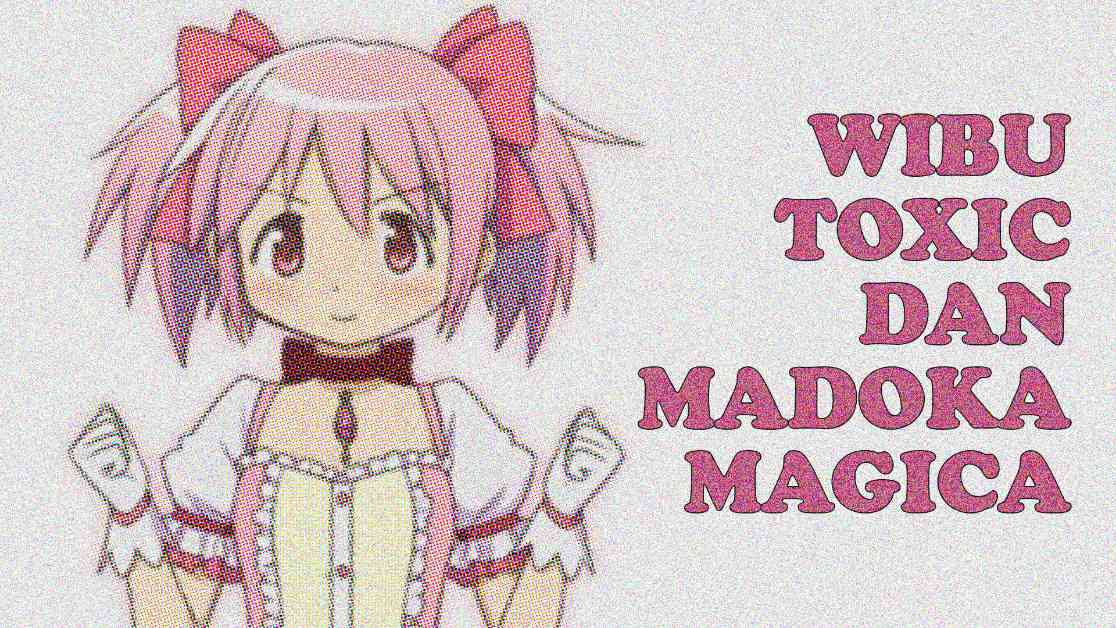**Analyzing Oversexualization Issue in Wibu Community Through Madoka Magica**
**Madoka Magica: More Than Just an Anime**
In the bustling world of anime, one series stands out not just for its compelling story and stunning visuals, but for its deep exploration of important issues surrounding women. “Madoka Magica” goes beyond the typical anime tropes to delve into the emotional burdens and unequal relationships faced by women. Through its unique lens, this series sparks serious discussions about the female experience.
**Character and Role Dynamics in Madoka Magica**
Unlike many other anime series, “Madoka Magica” places a strong emphasis on female characters, with very few significant male characters. Even Kyubey, often perceived as male, is actually genderless according to its creators, Akiyuki Shimbou and Gen Urobuchi. This deliberate choice showcases how the series centers around women and highlights their crucial roles in the narrative.
**Puella Magi: Symbolism and Metaphor**
In the world of “Madoka Magica,” only girls can become Puella Magi because they possess the strongest emotional energy during puberty. This isn’t just a stereotype about girls being emotional; it also underscores the significant emotional transitions that occur during adolescence. The depiction of souls in the series, where only women can create them, serves as a powerful metaphor for women’s biological role in childbirth and child-rearing.
**Emotional Labor in Madoka Magica**
The series also touches on the issue of emotional labor. Many stories of Puella Magi revolve around family and love. Sayaka seeks happiness for her loved ones, Kyoko strives to save her family, and Mami takes on a motherly role for other Puella Magi. The love and care they provide are often exploited, leading to tragic outcomes as seen in Sayaka’s romantic dreams colliding with harsh realities.
**Character Analysis and Themes**
**Sayaka Miki: A Complex Portrait**
Sayaka exemplifies how traditionally feminine traits—kindness, bravery, and a desire to help others—can become weaknesses in the harsh world of “Madoka Magica.” The train scene with Sayaka is a dark moment in the series, highlighting the very real and relevant pressures faced by women.
**Homura Akemi and Madoka Kaname: A Tale of Struggle and Hope**
The relationship between Homura and Madoka embodies struggle and hope. Homura’s repeated attempts to save Madoka reflect the perseverance and sacrifices often made by women. On the other hand, Madoka’s choice of hope over despair showcases optimism and a belief that life is worth living despite suffering.
**Women’s Contributions in History**
“Madoka Magica” also sheds light on how women’s contributions are often forgotten in history. Puella Magi, who shape humanity as we know it, are rarely acknowledged and appreciated. This mirrors the reality where many women live, work, and die without recognition, while men often receive accolades and acknowledgment.
In conclusion, “Madoka Magica” is more than just entertainment—it’s a work that challenges viewers to think deeply about women’s emotional burdens and roles in society. With its strong characters and relevant themes, this anime provides a profound insight into the female experience and the importance of recognizing their contributions.






















